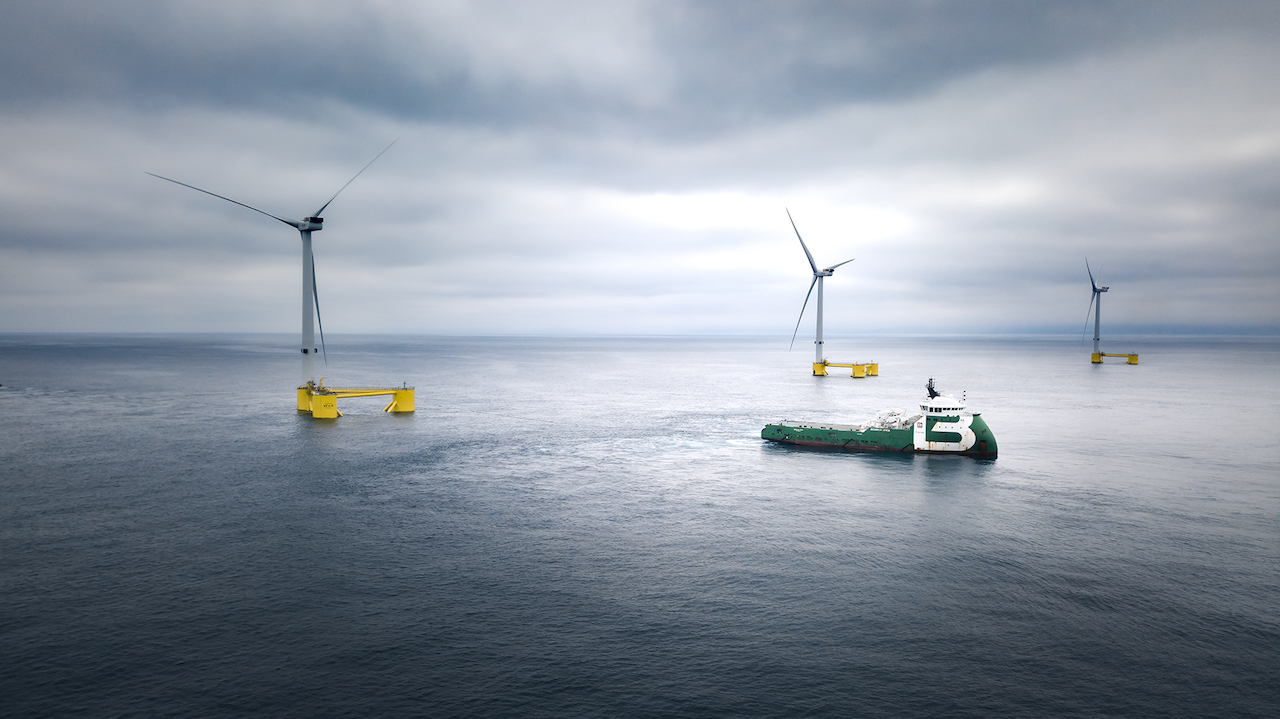McKinsey's Global Energy Perspective has been released, predicting that the peak of oil use may be reached as soon as 2024, and certainly by 2027. Driven largely by EV uptake oil will go the way of coal, which peaked in 2013 and, after a temporary rebound of coal use in 2021, is projected to continue its downward trajectory still further.
Gas, however, will continue to see demand grow until 2035, although longer-term it too could see an uncertain future hydrogen use increases. By 2050, electricity and enabling hydrogen and synfuels could account for half of the energy mix according to the report.
Renewable generation is projected to reach 80–90 per cent of the global energy supply by 2050 and supply the electricity in use as the global build-out rates for solar and wind grow by a factor of five and eight respectively.
However near these horizons for fossil fuels, global energy demand grew in 2021 and emissions increased by 5 per cent compared to 2020, almost reaching pre-COVID-19 levels, and despite a total of 64 countries (accounting for 89 per cent of global carbon emissions) have made net-zero pledges. Even if all countries with net-zero commitments deliver on their aspirations, global warming is still projected to reach 1.7C by 2100.
The report asserts that if the 1.5C Pathway is to be maintained, then the global energy system may need to accelerate its transformation significantly, shifting away from fossil fuels toward efficiency, electrification, and new fuels, quicker than even the announced net-zero commitments.
Annual investments in energy supply and production are expected to double by 2035 to reach $1.5tr to $1.6tr, almost all growth is expected to come from decarbonisation technologies and power, which will by 2050 exceed today’s total energy investments
Latest News
-
Investment firm hands £650,000 to charities supporting young people
-
East Midlands Railway links with charity to improve travel for autistic people
-
Hotel chain to support carers' mental health
-
Sainsbury’s and charity think tank link up to better understand food insecurity
-
Access Group raises £1.55m for nine charities across the world in a year
-
PureGym raises over £100,000 for heart health charities
© 2019 Perspective Publishing Privacy & Cookies









Recent Stories